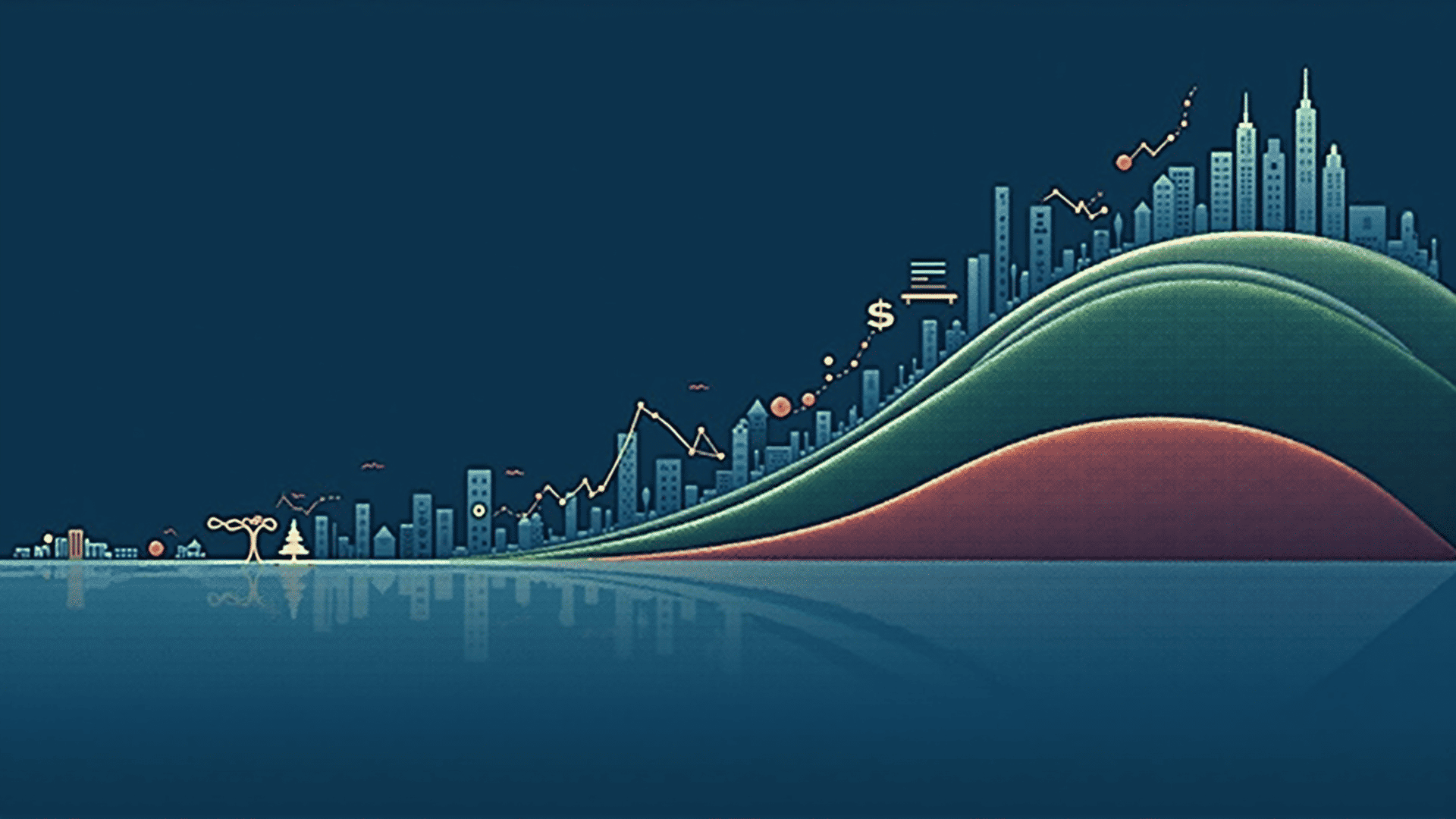Economic cycles are a fundamental phenomenon in the world of economics, encompassing the fluctuations in economic activity over a period of time. These cycles bear significant implications on both national and global markets, influencing policies, trade, and the everyday lives of individuals.
Phases of Economic Cycles
Economic cycles generally consist of four distinct phases: expansion, peak, contraction, and trough. Each phase reflects different levels of economic activity and growth.
-
Expansion: This phase is characterized by increasing economic activity, including rising gross domestic product (GDP), employment, and production levels. During expansion, confidence among consumers and companies is typically high, leading to increased expenditure and output. This period often sees a surge in innovation, as companies invest in research and development to capitalize on favorable conditions.
-
Peak: The expansion phase eventually reaches its zenith, marked as the peak. At this stage, economic indicators such as GDP growth stabilize and may even begin to plateau. Unemployment rates reach their lowest, and inflation may start rising as demand outpaces supply. This is often a signal that the economy has stretched its capacity, setting the stage for the next phase.
-
Contraction: Following the peak, economies enter a contraction phase, marked by slowing economic activities and reduced consumer spending. This decrease can lead to a dip in production and rising unemployment. Market sentiments may turn cautious as growth slows, and businesses might cut back on expansion plans. Recession is a severe form of contraction, wherein economic decline is pronounced and prolonged.
-
Trough: The lowest point in the cycle is the trough, where economic activity bottoms out. It is a period of economic stabilization, where the decline in growth ceases. Although challenging, this phase sets the foundation for recovery, as reduced inventories and lowered commodity prices eventually reignite demand. With proper economic policies and market adjustments, the economy can transition back into expansion.
Impact on National and Global Markets
Understanding economic cycles is crucial for stakeholders to adapt to changing conditions. Policymakers often use these insights to implement fiscal and monetary policies to moderate extreme phases of cycles. For instance, during contractions, central banks may lower interest rates to stimulate economic activity, while during expansions, rates might be increased to prevent overheating and control inflation.
Globally, countries with economies in differing phases of the cycle can affect international trade dynamics. For example, a country in the expansion phase may boost imports to meet domestic demand, thereby supporting economies in a contraction elsewhere. Conversely, global crises can trigger synchronized recessions, as illustrated by past financial downturns.
In summary, economic cycles are a natural and inevitable part of economic systems, encompassing various phases that influence markets domestically and internationally. By understanding these cycles, individuals and governments can better anticipate and navigate the economic landscape, fostering resilience and promoting sustained growth.
